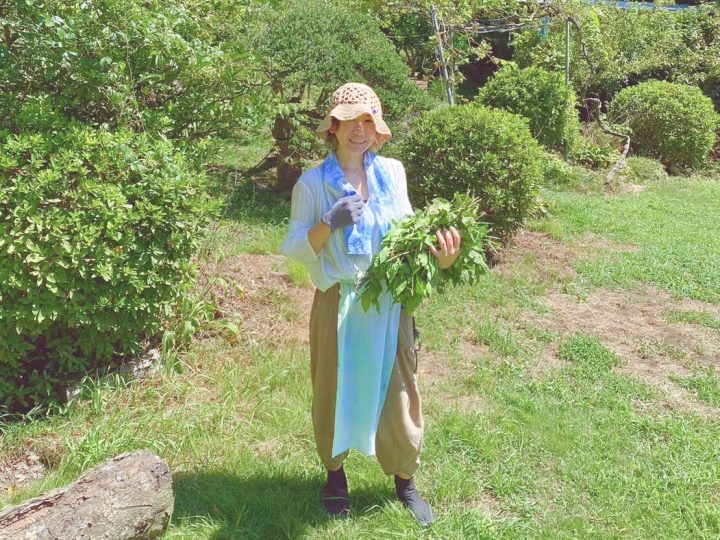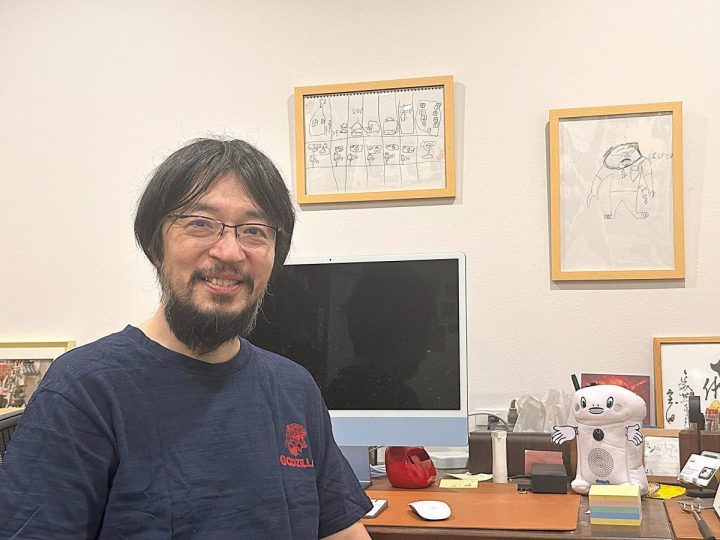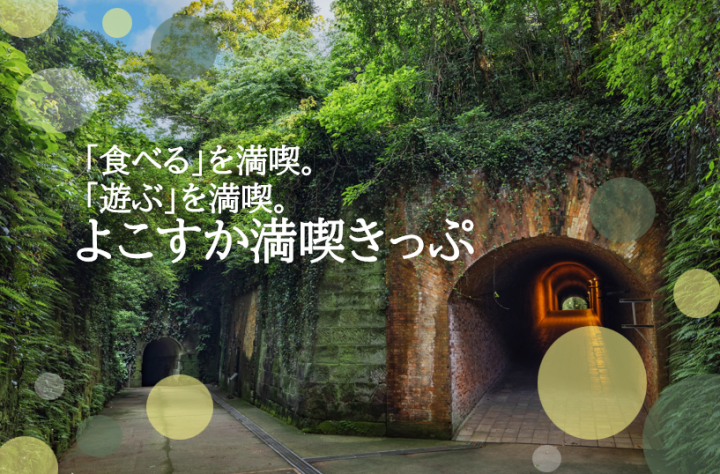A working manicurist is fascinated by the infinite possibilities of the indigo plant
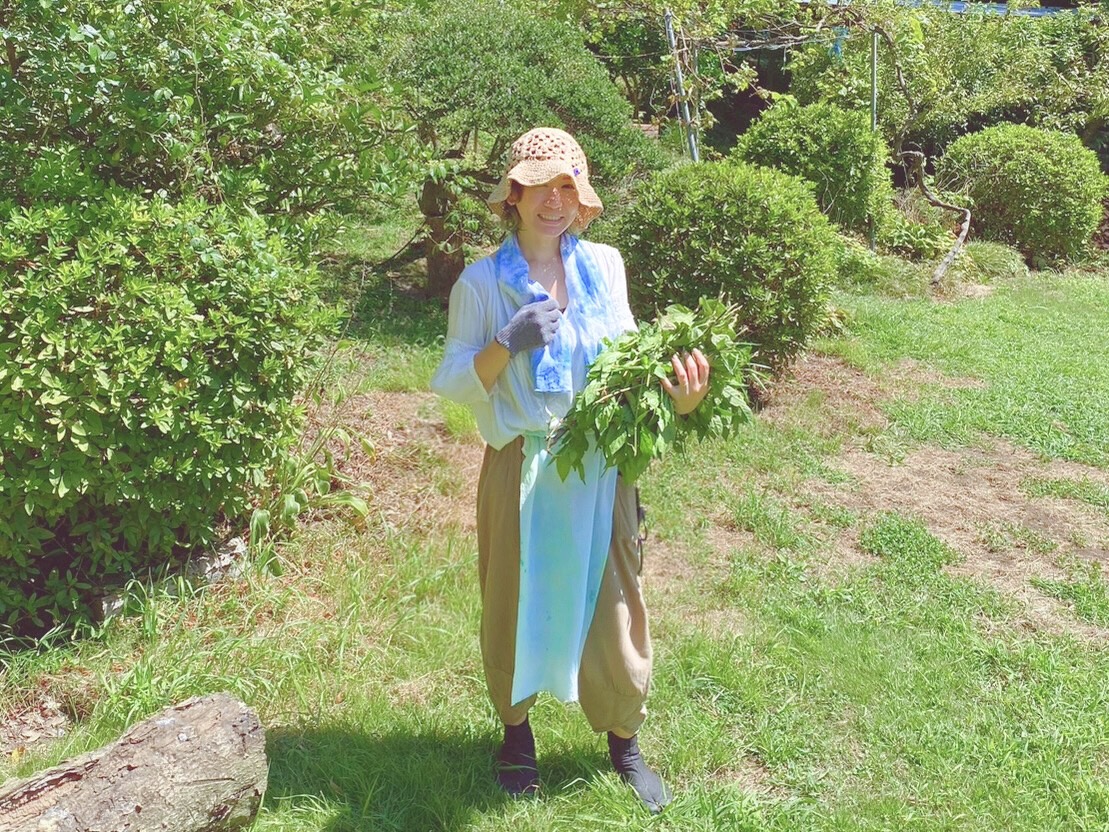
Are you familiar with the indigo plant? Some of you may have tried indigo dyeing. I learned from a woman that indigo has many other fascinating uses beyond dyeing.
Sayaka Sato is a nail artist living in Yokohama. She has been fascinated by indigo, and now grows it from seeds in a pesticide-free farm, harvesting it and enjoying it to the fullest. We spoke to her in detail about the indigo that so fascinates her.
The inherent power of plants that you never knew existed
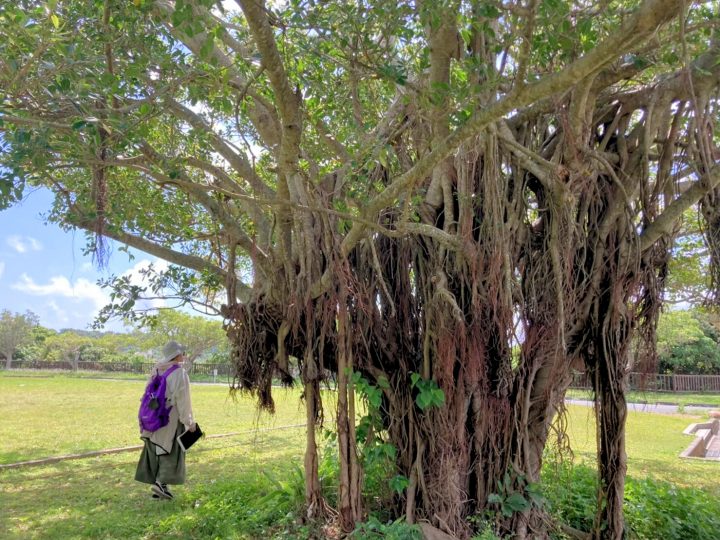
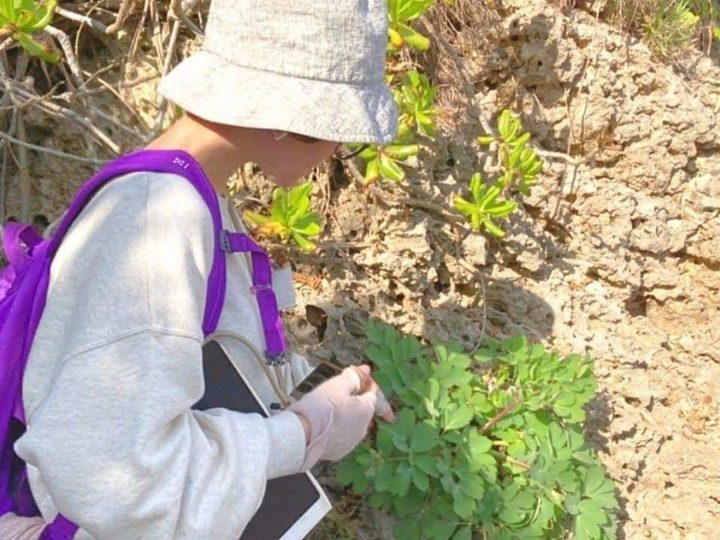
Sayaka had always suffered from physical ailments, such as "not feeling well." After trying various things to find a cure for this condition, she finally discovered the power of plants. She felt that the powerful power of wild plants, which spread their leaves and bloom in harsh natural environments, was what she was looking for, and so she began participating in hikes with the Wild Plant Society.
"As I learned more about different plants, the mountain scenery changed dramatically."
This plant has antibacterial properties and is effective on wounds. Drinking a decoction of this plant warms the body and improves blood circulation. He experienced firsthand the wisdom of his ancestors.
Elevating plants into art

He became interested in wild plants and participated in seasonal wild plant walks in various locations, where he met a man who created works using indigo he had grown himself: Moriya Reita, president of Art Moriya Co., Ltd. and an aisashi* (indigo master).
*Aizashi is a word coined by Moriya, and refers to a profession that combines traditional Japanese indigo with modern plastering.
Moriya has produced many works that bring out the charm of indigo to the fullest, and is currently based in Fujisawa City, where he holds solo exhibitions and workshops around the country. Sayaka says she was taught that "indigo can be used for 'food, clothing, shelter, and art.'"
For example, "clothing" is dyed fabrics. "food" is ingredients for tea and sweets, and Chinese medicine. "living" is wall paint and plastering materials. "art" is art, including paintings and objets d'art. Art Moriya's works can be found in the Fujisawa City Hall main building and the Enoshima public toilets, and the unique indigo color decorates our city.
Art Moriya
Official website: here
Sayaka originally loved and collected indigo-dyed fabrics, but she fell in love with the versatility and versatility of indigo, which is not just for dyeing. Taking this teaching a step further, she decided to incorporate indigo into her main business, nail art, as she felt that she could add "beauty" to the "necessities of life: food, clothing, shelter, and art."
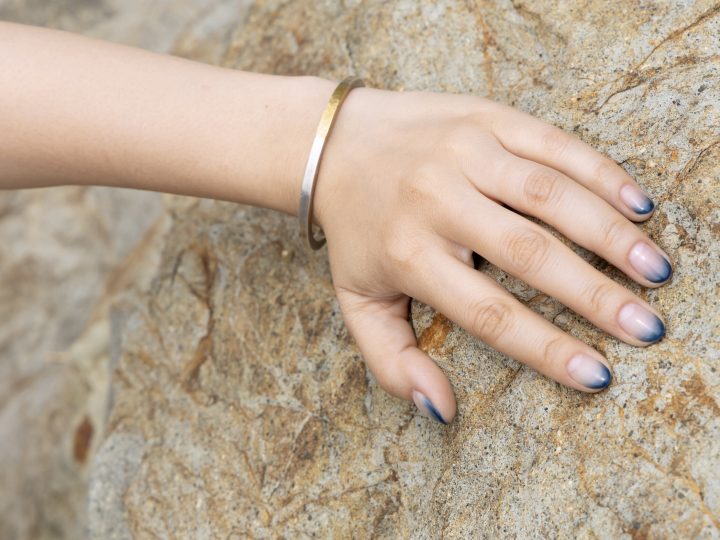

I want to express myself in ways other than nail art! I want more people to know about the beauty of indigo!

Seeking further expression, Sayaka next headed to a sumi-e painting class. Learning the basics of sumi-e painting, she finally completed a piece incorporating indigo. Combining the unique depth and softness of indigo with sumi-e painting feels like it has broadened her range of expression. She is currently working on a new piece. She is also considering holding a public exhibition of her sumi-e paintings using indigo, so be sure to check out the information Sayaka has to offer.
Looking back at the history of indigo, it has faced many hardships, such as the introduction of synthetic dyes, which led to a sharp decline in domestic production, and the ban on indigo cultivation during wartime, when food was given priority, putting the plant at risk of extinction. However, it is thanks to those who have protected it that it has survived to this day.
Learning about the thoughts of her predecessors, Sayaka is expanding her activities to spread the appeal of indigo. She holds workshops where people grow and cultivate indigo from seeds and dye fabrics, and serves tea made from dried indigo. The number of indigo fans around Sayaka is steadily increasing.
"The appeal of indigo is obvious, but so are other wild plants. The teachings of our ancestors, who lived in harmony with nature and respected the power of plants, are very fascinating. I would be happy if you could take even just a little interest in them."
Sayaka's activities are still ongoing.

(Photo provided by Sayaka Sato)
Sayaka Sato
Official website atelier Soranite: here

